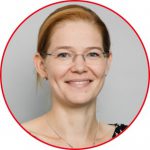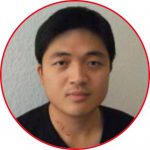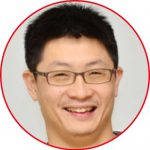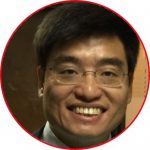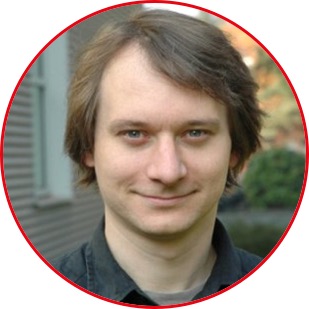
Leibniz Institute of Photonic Technology, Albert-Einstein-Str. 9, 07745 Jena
Abbe Center of Photonic and Faculty of Physics, Friedrich-Schiller-University Jena, Max-Wien-Platz 1, 07743 Jena, Germany
Otto Schott Institute of Material Research, Fraunhoferstr.6, 07743 Jena, Germany
Hybrid Fibers for Nanophotonics
Hybrid fibers represent a novel class of optical fibers that include sophisticated functionalities on the basis of nano- or microstructures and non-traditional materials [1]. Within this presentation, I will report on our recent results concerning nanostructure-enhanced fibers and single nano-object tracking inside microstructured fibers. The first topic is based on our novel nanostructure implementation approach [2], making the fiber end-face accessible for electron-beam related fabrication strategies (Fig. 1(a)). One application example that is addressed within this presentation relates to the improvement of the incoupling efficiency into optical fiber at extraordinary large incoupling angles via a nano-dot based grating [3]. With respect to bio-analysis, I will report on the tracking of single individual nano-objects or of ensembles on nano-objects that diffuse inside various types of microstructured fibers [4]. I will focus on the 3D tracking via evanescent field scattering and on the analysis of ensembles of nano-particles tracking inside hollow-core anti-resonant fibers.
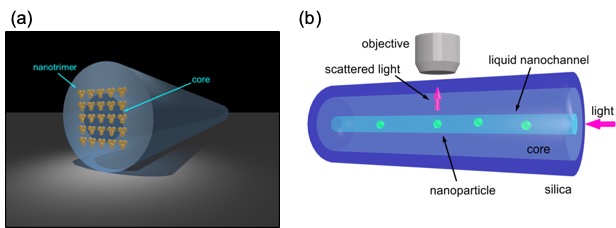
References
- Schmidt, M.A., A. Argyros, and F. Sorin, Hybrid Optical Fibers – An Innovative Platform for In-Fiber Photonic Devices. Advanced Optical Materials, 2016. 4: p. 13.
- Wang, N., et al., Nanotrimer enhanced optical fiber tips implemented by electron beam lithography. Optical Materials Express, 2018. 8(8): p. 2246-2255.
- Wang, N., et al., Boosting Light Collection Efficiency of Optical Fibers Using Metallic Nanostructures. ACS Photonics, 2019. 6(3): p. 691-698.
- Faez, S., et al., Fast, Label-Free Tracking of Single Viruses and Weakly Scattering Nanoparticles in a Nanofluidic Optical Fiber. ACS Nano, 2015. 9(12): p. 12349-12357.
